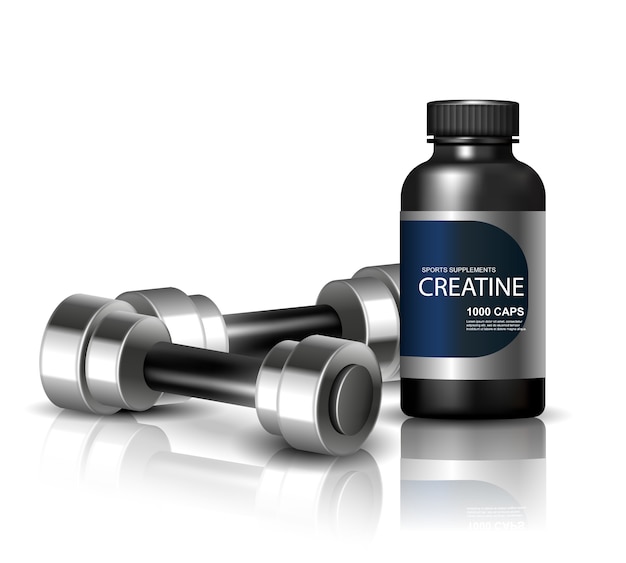Discover how muscle hypertrophy works, why it matters for long-term health, and practical ways to begin — with science-backed routines and simple daily habits.

Muscle hypertrophy refers to the increase in the size of muscle cells, leading to larger and stronger muscles. This process occurs when muscle fibers are subjected to stress — typically through resistance training — causing microscopic damage. During recovery, the body repairs these fibers, fusing them to form thicker, more robust muscle tissue.
There are two primary types of hypertrophy:
Building muscle isn't just about appearance — it plays a vital role in long-term health and functional fitness. Key benefits include:
Muscle tissue burns more calories at rest than fat, helping with weight management and reducing obesity risk.
Stronger muscles stabilize joints, reducing injury risk and easing strain on tendons and ligaments.
Increased muscle mass improves glucose uptake, lowering the risk of type 2 diabetes.
Maintaining muscle mass supports mobility and independence as you age.
While hypertrophy is generally safe, improper training or overexertion can lead to issues:
To minimize risks, prioritize proper technique, allow 48 hours of recovery for each muscle group, and gradually increase intensity.

You don’t need hours in the gym to stimulate hypertrophy. Research shows that even short, consistent routines can produce results. Here’s how to start:
Aim for 2–3 sessions per week, each lasting 20–30 minutes. Focus on compound movements that work multiple muscle groups:
To keep making progress, gradually increase the challenge. This can mean adding reps, sets, weight, or reducing rest time. Even small weekly improvements stimulate growth.
Muscles grow during rest, not during workouts. Ensure you:
Small daily actions compound over time. Consider:

Hypertrophy is more than just building bigger muscles — it’s a pathway to better metabolic health, strength, and long-term well-being. With short, focused workouts, proper recovery, and sustainable habits, anyone can benefit from muscle growth regardless of age or fitness level.
Start small, stay consistent, and let science guide your journey toward a stronger, healthier you.

Fitness

Fitness

Fitness

Fitness

Health

Wellness

Health

Fitness

Fitness

Health

Fitness

Wellness

Health

Fitness

Health

Health